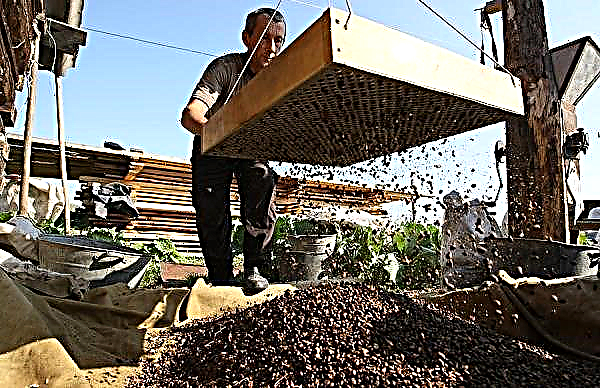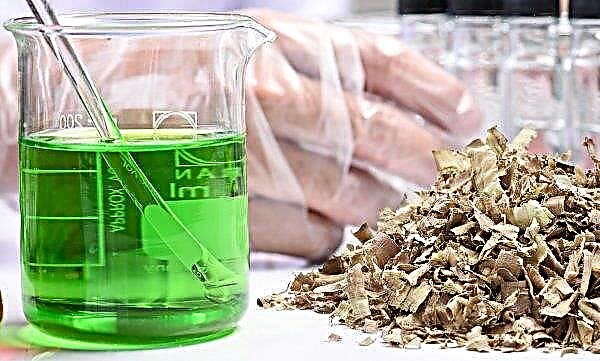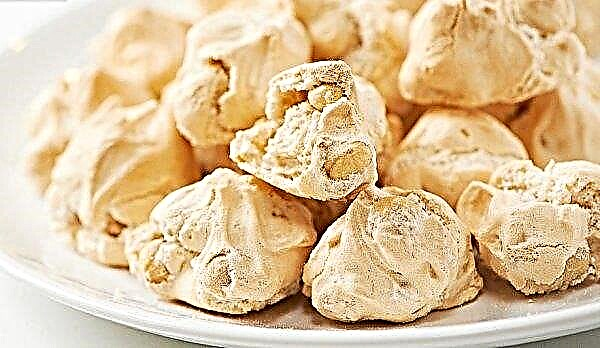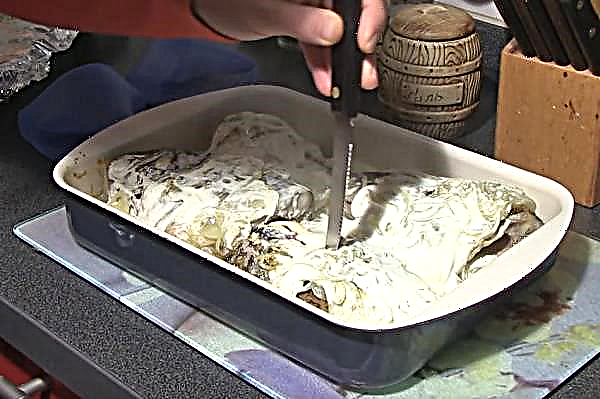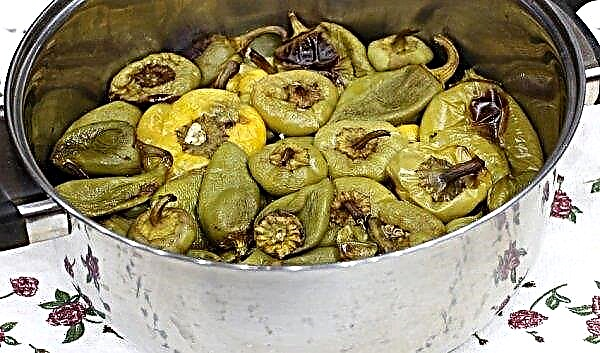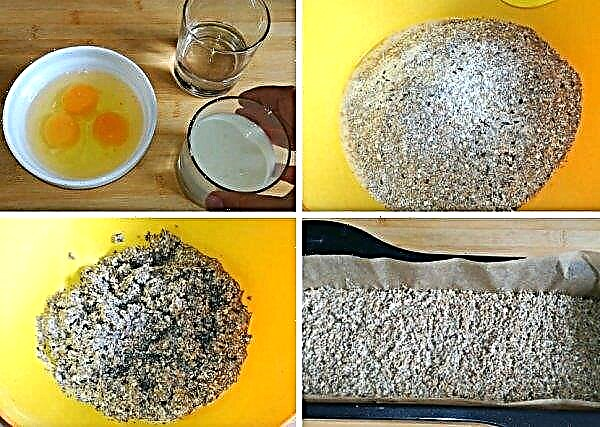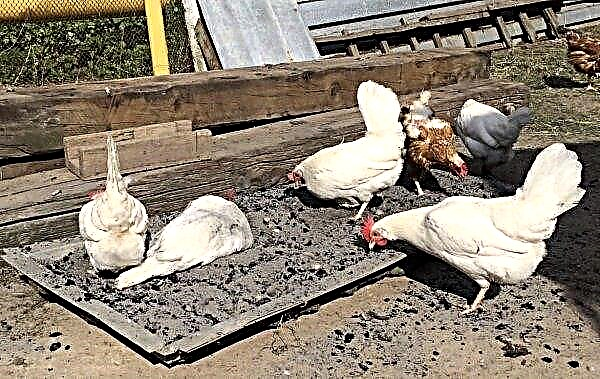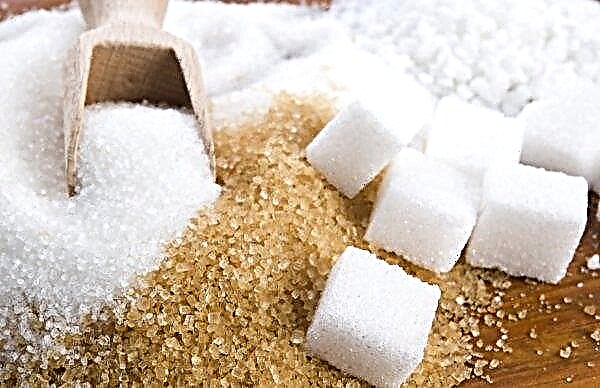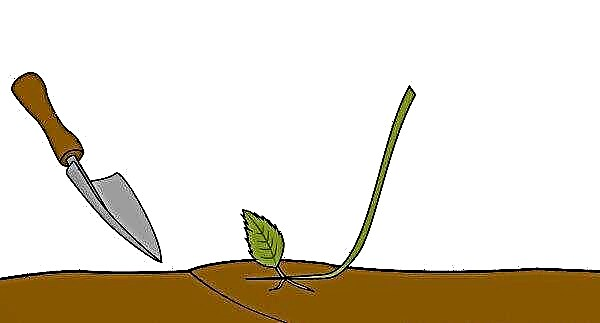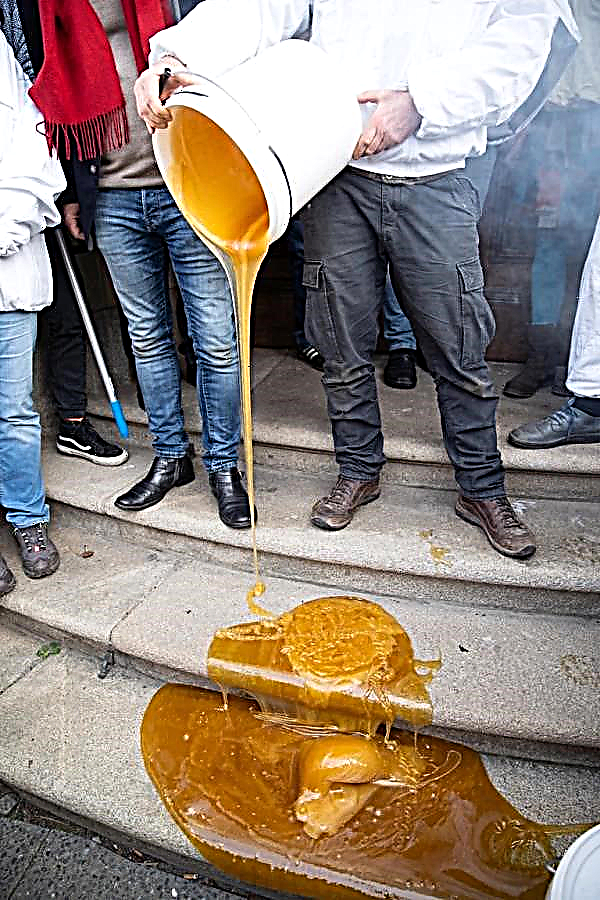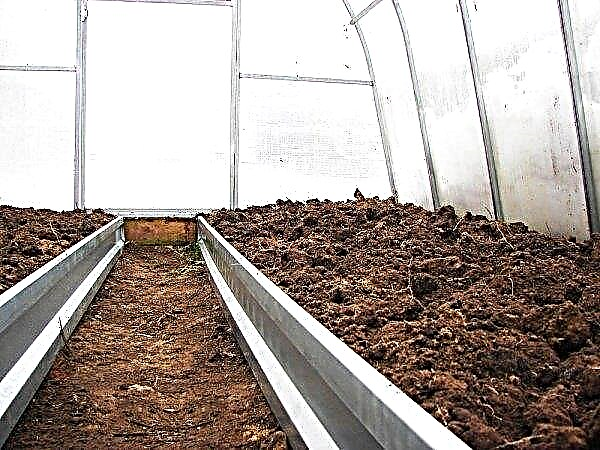A comfortable family vacation in the country is perfectly complemented by the opportunity to swim in your pond. However, sooner or later, any water bodies require special cleaning to prevent pollution and clogging, as well as the possibility of a small deepening of the bottom. This need is due to the accumulation of rainfall and the overgrowth of the reservoir by algae or reeds. And one of the most common ways to clean without draining water is to use a dredger.
What is a dredger
The dredger is a floating vehicle, the main purpose of which is pumping pulp (washed-out soil) using a high-power pump. The movement of the mixture of water and the collected land occurs through the pipeline, with its further movement to the shore or into the hold.

Thanks to the special equipment, such vessels are indispensable assistants in the process of carrying out the following works:
- removal of bottom sediments from water bodies;
- a small deepening of the bottom;
- mining of precious metals, sapropel, crushed stone, sand, etc .;
- cleaning of sewer in industry and agriculture;
- development of slag and ash collectors (the main objects are enterprises of the coke-chemical, mining and metallurgical industries);
- laying trenches under the pipeline.
In addition, dredgers are widely used as special equipment for:
- flood management;
- construction of ports (river / sea);
- Strengthening the coastline or other hydro facilities.
Video: Clearing Lake Mini with a EcoLake Dredger
Dredger device
The dredger mechanism includes several main nodes, each of which is responsible for a separate functional affiliation:
- main group - a device for soil sampling, a pipeline for suction, a pump, a complex for transporting pulp, equipment that moves the device for soil sampling;
- auxiliary nodes - ship's hull, a mechanism for raising and lowering, secondary pumps supplying clean water, a set of power supply installations;
- systems ensuring the safe use of the dredger and its performance - dredger control device, control and measurement equipment, heating and ventilation systems, as well as fire fighting systems, warning and communication installations.

Principle of operation
In order to be able to clean the bottom of the accumulated clusters, the dredger must act according to the following principle:
- The first step is to carry out calculations that take into account the feed rate of the soil mixture and the throughput of the pipeline system.
- Next, the soil pump is lowered to the bottom of the water body, previously pouring water into it. Turn on the motor and dredger gear.
- Spray air from the suction pipe.
- The resulting vacuum allows you to draw in water and soil.
- The soil mixture that enters the pump pipe is pumped either into the hold or ashore.
- The whole system is set in motion through the use of winches or pile driving. Combination is also acceptable.
Did you know? The largest dredger is the Hurley, which cleans the Mississippi River. The length of its pipeline exceeds 300 m, and the sections cleaned at a time have a width of more than 10 m.
The control system is located in the cabin of the captain of the suction vessel. It is here that the remote control is located, which gives access to all functions.
 Schematic diagram of the dredging projectile: 1 - soil sampling device; 2 - suction pipe; 3 - soil pump; 4 - pressure head soil pipe; 5 - device for working movements; 6 - housing.
Schematic diagram of the dredging projectile: 1 - soil sampling device; 2 - suction pipe; 3 - soil pump; 4 - pressure head soil pipe; 5 - device for working movements; 6 - housing.
Types of Dredgers
Dredgers can have several classifications, taking into account their main characteristics:
| Hourly productivity | Divides the vessel into several categories: from very small - to 50 m³ / h, to small - from 50 to 200 m³ / h, medium - from 200 to 500 m³ / h, large - from 500 to 100 m³ / h and especially large - more than 100 m³ / h |
| Design | collapsible and non-collapsible |
| Dredging Method | preliminary loosening and no |
| Way of moving | self-propelled and non-self-propelled |
| Control | manual, remote, automatic |
Additionally, each type of such vessel can have a different method of soil transportation, type of power supply, equipment placement, number of pulp collection pumps, as well as the presence of living cabins. When choosing a dredger, it is recommended to pay special attention to its performance. The ability to implement certain tasks will depend on these parameters.
Important! For the possibility of a more accurate selection of equipment, the development depth, application environment (salted, fresh, alkaline) and flow rate are taken into account.
So, the main technical characteristics include:
- performance indicator - can vary from 1 to 5000 m³ / h;
- power supply - diesel, electric, mixed;
- soil picking device - milling, rotary, or providing for free absorption;
- slurry pipeline - can be made of metal or a combination of fabric and rubber;
- the size of the main nodes.
When water needs cleaning
Before making an accurate diagnosis of the cleanliness of the water in the pond, you should understand the categories of possible pollution:
- Mechanical - are the accumulation of a large number of foreign objects and particles (garbage). In addition to household waste, an unacceptable amount of sand, clay, pebbles and other substances that have got into the body of water can act as mechanical pollutants.
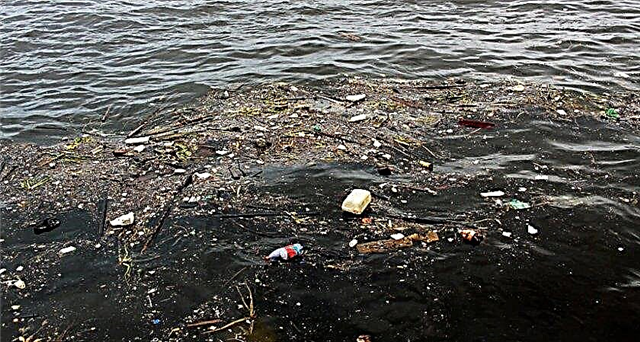
- Chemical - represent various drugs or chemicals dissolved in water. Moreover, the degree of pollution is determined by the level of their concentration.
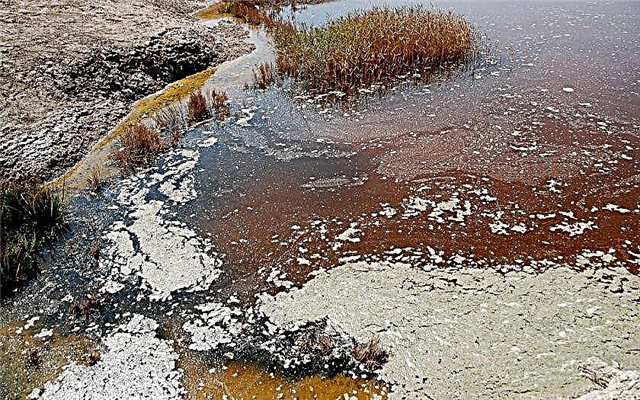
- Biological - they include a large number of bacteria and microorganisms that have not previously been found in local water, and therefore led to a violation of the species balance.
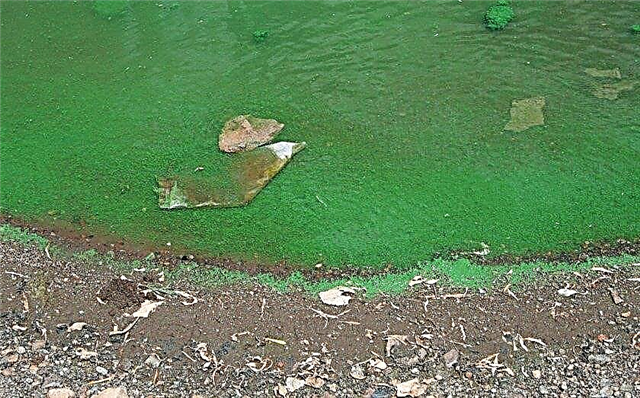
The following changes may be the reason for cleaning water bodies:
- Change in color and degree of transparency of water - are usually the result of eutrophication (saturation of water bodies with nutrients). But there may be other reasons: for example, clay or fine sand leads to turbidity due to the large amount of suspended matter.
- 3pond growth with reeds and algae - the accumulation of a large amount of sediment at the bottom makes the pond smaller and contributes to the rapid heating of water, due to which there is a rapid and active growth of various vegetation.
- The appearance of a new (unpleasant) smell - Most often it is the reason for the active reproduction and activity of new bacteria and fungi in the water.
Important! The best time for cleaning the pond is May - the period when the "flowering" on the water is just beginning. And the recommended frequency of the procedure is 1 year.
How to clean a pond with a dredger
For independent cleaning of a small pond or lake, mini-dredgers are often used. Equipped with a sufficiently powerful soil pump, such devices are able to qualitatively collect all bottom sediments.
The mechanism of work of mini-dredgers is practically no different from larger "brothers":
- a mixture of water and silt under high pressure pass through a pipeline that is located both in the water and on the shore;
- sediment is transported to special, pre-prepared, silt areas fenced by earthen ramparts.

After the water purification procedure, it will take several months for the sediment to settle completely - after this period, if desired, fish can be launched into the reservoir.
Did you know? There are approximately 5 million lakes on our planet.
The cleaning of water bodies is a mandatory regular procedure, and this is not only due to the aesthetic appearance of the pond or reservoir. The main thing is the violation of the ecosystem with a high level of pollution. However, the first parameter is also important - after all, it is much more pleasant for everyone to admire a clean natural object, and not to be near the sewage pit.




